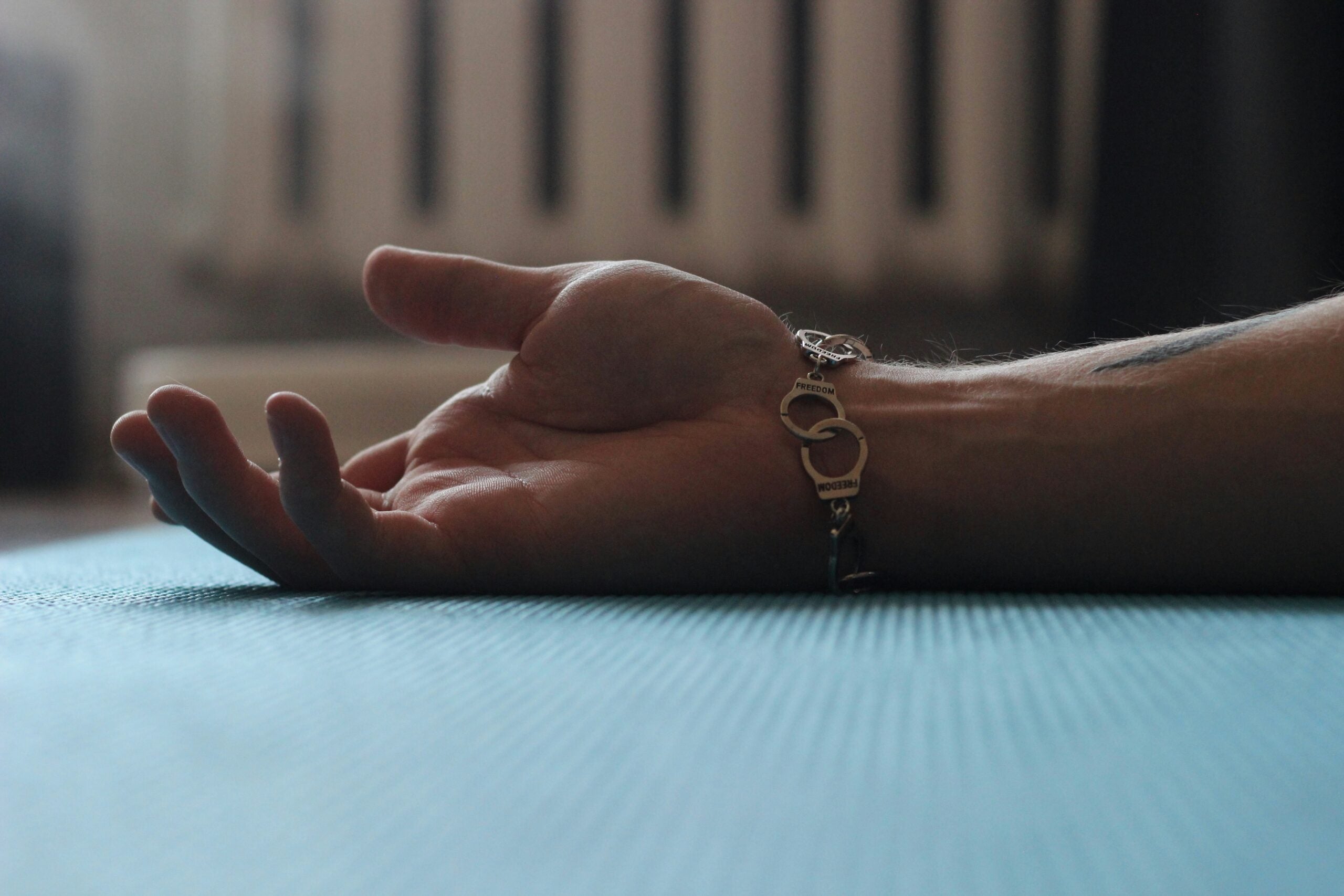
"Sprawling out in Savasana can feel as close to perfect as you can get. As a result, you might attempt to curate a perfect experience. Maybe you arrange your arms and legs so they're *precisely* equidistant from your body or cover yourself with a blanket, pull it taut, and smoothen it of any wrinkles-and only then can you allow yourself to relax. But sometimes, it's these moments of striving for perfection that make us a little too "Princess and the Pea" about Savasana."
"With regular practice of asymmetrical Savasana, you might find yourself making peace with other unpredictable disturbances during yoga (the snoring of the person lying next to you in class or the beeping of a truck outside.) It might also teach you to cultivate tolerance during off-the-mat obstacles (at work speaking to a difficult client or in a long line at the grocery store). The list is endless as to what "imperfections" in life you could accept exactl"
Savasana often invites attempts to curate a perfect, symmetrical experience through precise limb placement and smoothing blankets. Perfection-seeking in Savasana can make small details—like a hair tie or asymmetrical feet—disrupt relaxation. Becoming comfortable with an uneven or asymmetrical Savasana offers practice in accepting minor annoyances. Intentionally introducing one-sided deviations cultivates tolerance for discomfort and reduces perfectionist reactivity. Regular practice can increase ease with in-class disturbances such as snoring or traffic noises. The skill of accepting small imperfections can transfer to off-the-mat situations, improving patience with difficult clients or long lines.
Read at Yoga Journal
Unable to calculate read time
Collection
[
|
...
]